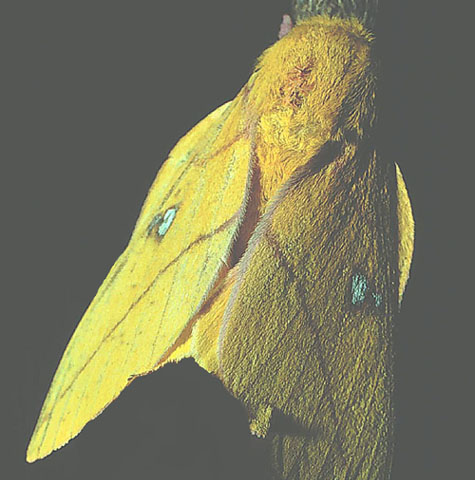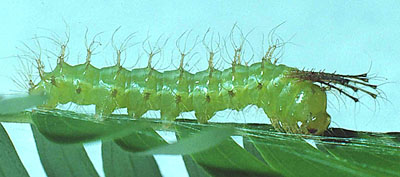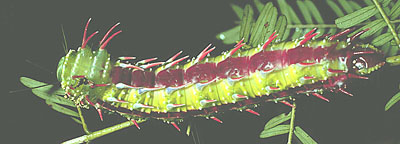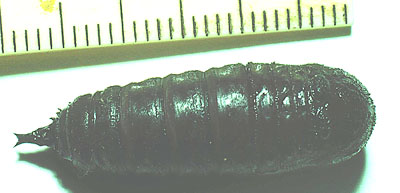THE SYSSPHINX MEXICANA MOTH

Male Syssphinx mexicana in typical resting pose.
This site has been created by
Bill Oehlke at oehlkew@islandtelcom.com
Comments, suggestions and/or additional information are welcomed by Bill.
TAXONOMY:Superfamily: Bombycoidea, Latreille, 1802 |
"Wonderful.World" |



